How to Become a Contortionist
The art of contortion is one that strikes awe, wonder, and delight around the world. Artists can create stunning pieces of artwork using their own body to create beautiful, breathtaking shapes. No equipment is required to create your performance and with enough time and dedication devoted to training, it is not as inaccessible as you might think!
4 Steps to becoming a Contortionist
1. Natural Ability vs Drive
While it is always good to access your starting point for any skill, contortion is a journey and everyone starts somewhere. It is all about how much time and training you put in; you are not just “born with it.” While children may have more flexibility, you can also begin your training as an adult and still be successful.
Says Angela Kim, Coach with Balanced Skaters, “I think that all of us worked really hard to get where we are at and it is not necessarily natural to just get out of bed and fold in half. A lot of this too is technique so if you have a really good coach, it can be done in a very safe way even if you are not naturally flexible with some kind of genetic predisposition.”
2. Research Where To Start
Take the time to research and find a coach that is the right fit. A good coach is someone who will properly spot and support you, understand your limitations, and come up with a way to work and grow your limitations slowly and steadily in a safe manner.
“I started at 27 and I remember walking into a circus gym and I asked a coach ‘I want to be a contortionist’” said Kim. “He laughed at me and he said ‘money down with hips like horse’ and walked away. I was like oh my gosh….maybe I can not do this. Then I found a really wonderful coach! I was under her wing for several years and when I started with her I could not do the splits. I was a competitive figure skater most of my life. I was a very strong and stiff figure skater but with a lot of persistence and consistency over time, I was able to sit on my head at 27!”
3. Develop a routine and training plan
Maintaining routine and consistency is critical to any skill development. Practice makes progress. Follow the guidance of your coach and move ahead when ready. This is a craft not to be rushed, skip steps, or cut corners,
Says Leah Orleans of Acrobatix and ABCs of Fitness, “My training schedule varies greatly on where I am during the year and what I am currently working on. When I do renaissance festivals I am performing all day Saturday and all day Sunday and those are very long exhausting days so I definitely take Friday and Monday off completely. Usually I try to get a maintenance day in. On a Wednesday or a Tuesday I will do some stretching but during my performance season I am not trying to progress. It is very rare that I am working on something that I can not already do. During my training season, when I am not performing at festivals or when I have time off, if I am working on a skill I try to hit it four to five days a week and varying between one to three hours of practice.”
4. Rest and recover
This is 50% if not more of successful training! Resting and recovering allows your training to be of benefit and not cause harm or injury. Rest allows your body to consolidate the hard work you have been doing. Muscles recover, adapt, and become stronger and your nervous system has a chance to regenerate. Contortion is physically demanding and your body needs to recover properly and respect your individual limits during training.
Says Tori Kubrik, “It is about finding your body awareness and just correlates to so many other things in your life, not just contortion. I think that it is a painful discipline. It is going to be painful training. You are going to experience physical discomfort and if that is not something that you are already cool with you are gonna have a hard time.
How long does it take to become a contortionist?
This all depends on where you start and how much time and energy you are able to put into it. Each person’s body starts from a different place and has differences in structures: there is no one-size-fits-all answer to this. If you commit to the journey, have a great coach and safe environment to train, and are consistent in your training, you can guarantee progress. This should always be the goal you work towards!
Medea, a professional circus performer in New York City, says “I started contortion specifically when I was 27. I did have a background in tumbling and trampoline. I was a gymnast and a dancer (ballet and modern) so that was really good prep for body awareness. I’m 29 now and basically I do think that anyone can and should train like this no matter how far it ends up going. It is really cool to be able to go into your body and find all these millimetric differences and that body awareness is something I am obsessed with. I think that is something that anyone can find and it is a super cool process to get to know your body on that detailed of a level.`
